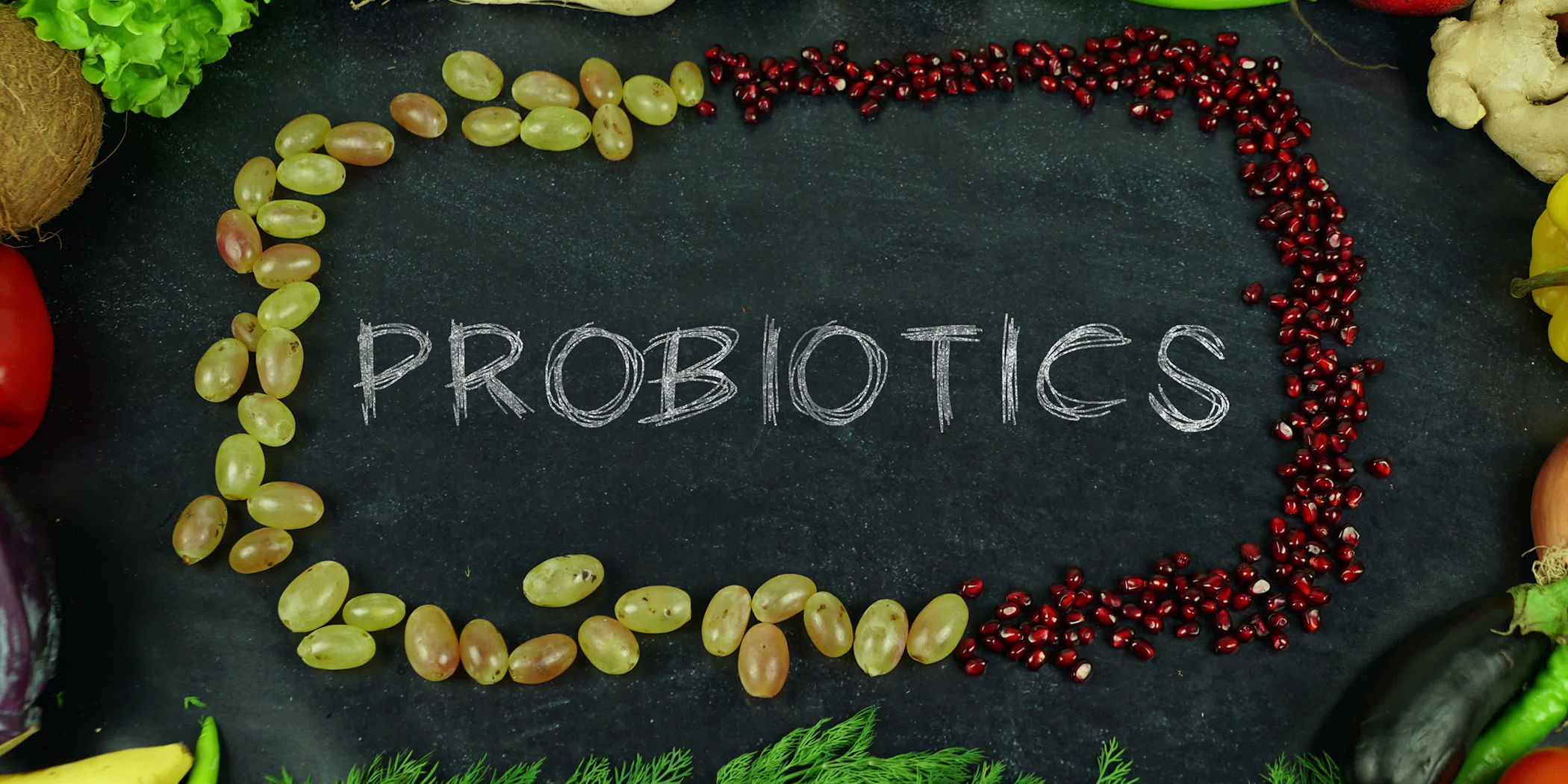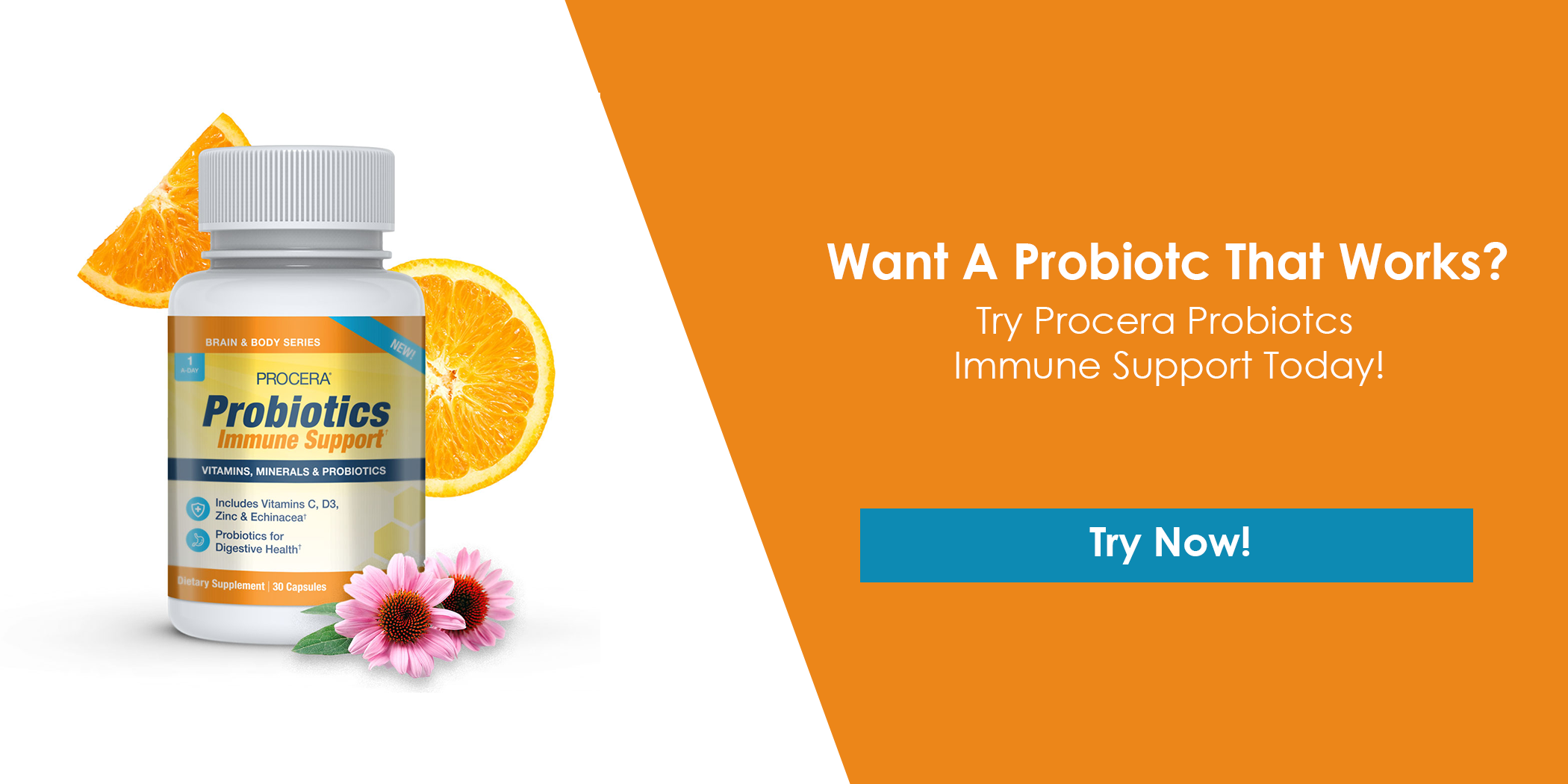
If you’re a newbie to the subject of probiotics, you may be wondering where to start. Visiting the probiotic section of a health food store can be a daunting task, and you will likely find an entire wall (and cooler) full of different options. Often we hear about probiotics as though it were one type of bacteria. In reality, there are myriads of bacterial strains, and telling them apart can be a challenge. What’s more, some types of probiotic strains can be more or less beneficial for certain people.
Today we will cover some general guidelines for choosing the right type of probiotic for you. We will look at some shopping tips and help you make sense of what’s actually on the probiotic labels. Also, we’ll give you a very short rundown of the types of bacterial strains and how they may benefit you specifically.
Specific Probiotics May Have Certain Benefits

Although there are many subcategories, there are three general types of probiotics: yeast-based, soil-based, and lactic-acid based organisms. Each type of probiotic may offer specific benefits relative to certain health issues.
SBO’s (or soil-based organisms) represent a group of over 100 different species of bacteria found in the soil. Some of these have been isolated and used in probiotic formulas. The purported benefits of SBO’s are many, and they have been advertised for their ability to improve digestion, boost immunity, and help maintain a healthy balance in gut bacteria. In terms of its specific benefits, SBO’s may help with bloating, diarrhea, emotional imbalance, nausea and abdominal discomfort.
At an earlier point in human history, we consumed SBO’s through our regular diet. For instance, we might have pulled root vegetables straight out of the ground and ate them without washing them. However, in today’s world of highly sanitized and processed food, we are likely not getting the SBO’s we need. Therefore the best source of SBO’s would come through a probiotic supplement. The following strains are examples of soil-based probiotics: Bacillus coagulans, Bacillus subtilis, Bacillus clausii Bacillus indicus, Bacillus licheniformis, Enterococcus faecium, and Clostridium butyricum.
Although not a probiotic in the strict sense of the word, certain yeast-based organisms behave like probiotics in the gut. One example is a strain called Saccharomyces boulardii. This probiotic is believed to help regulate intestines and help protect the intestinal lining from damaging pathogens. While other types of yeast-based organisms exist and function as a probiotic, Saccharomyces boulardii is the strain that has been the most extensively studied. The best source of Saccharomyces boulardii is through an oral supplement.
Lactic-acid based organisms are another type of probiotic, which may offer its own health benefits. Like many other probiotics, lactic-acid bacteria may help certain aspects of digestion. It may, however, be particularly useful in combating certain types of food intolerance, especially lactose intolerance. It is also believed that lactic-acid bacteria may help reduce certain types of candida overgrowth and help protect against certain types of stomach sores. This is an area of emerging study, and experts are still testing these benefits.
In addition to dietary supplements, you may find strains of Lactic-Acid Based Probiotics in yogurt, kefir, and acidophilus milk. The following strains are common examples of lactic-acid bacteria: L. bulgaricus, S. thermophilus, L. acidophilus, Bifidobacteria, Lactobacillus Casei, and Lactobacillus cremoris.
Probiotic Strains For Brain Health

If brain health is of particular interest to you, then certain strains of probiotics may be of special benefit. In a review of over 38 studies (both animal and human), a team of researchers found that some probiotic strains may offer cognitive benefits, relieving stress and boosting mood as well as memory. The most commonly used strains in these studies were Bifidobacterium longum, Bifidobacterium breve, Bifidobacterium infantis, Lactobacillus helveticus and Lactobacillus rhamnosus.
Other Important Guidelines When Choosing A Probiotic Product

Diversity of Strains — In general, the more your probiotic contains diverse strains, the better it will be. Be sure to avoid probiotics that only contain one or two. If you’re looking for specific strains, they should all be listed in the ingredient section.
Survivability — In order for your probiotics to work, they must be able to survive all phases of digestion. Your stomach acid and bile are powerful agents that break down food particles. Good probiotics will make it through these stages. The label may tell you if it has an ‘acid-proof’ delivery system that can withstand stomach acid. Also, there are two key strains that are most likely to survive the digestive process: Lactobacillus and Bifidobacterium. Many probiotics have many sub-varieties of each of these.
CFU-count — When you go to purchase a probiotic, you will likely see a large number printed on the front of the label. This is the CFU-count, which stands for ‘colony-forming units.’ This is the measurement of the probiotics potency. In general (though not always) the higher this number, the more effective it will be.
Prebiotics — Prebiotics are in many ways like food for probiotics. They are essential fibers that help keep live bacteria going. Usually, a good probiotic formula will also have prebiotics listed in the ingredients.
Other Benefits Besides Gut Health — Some probiotic formulas are especially designed to benefit other areas of health or specific age groups. If you are interested in the broader health benefits of probiotics, look for a formula geared toward other aspects of health (i.e. brain health, skin health, etc.)
Go Non-GMO — Look for a formula that contains no GMO’s (Genetically-Modified Organisms.) GMO’s may present a number of health risks, such as toxicity and immune issues.
Final Thoughts
In general, if you’re purchasing a probiotic supplement, it’s best to stick to reputable brands that you trust. Also, it’s very important to read the label. A lot of inexpensive supplements can contain additives or fillers. With this guideline, you should be able to get a sense of what kind of probiotic strains are in the product. For more information on probiotics, gut health, and health topics in general, visit procerahealth.com.



.jpg?width=1200&height=1200&name=Probiotic%20-%20ScrewCap%201200x1200Probiotic%20-%20Front%20w_%20Ingredients%20(3).jpg)






.png?width=1350&name=Procera%20Logo%20W%20Tagline%20White%20(3).png)
Comments
Add Comment